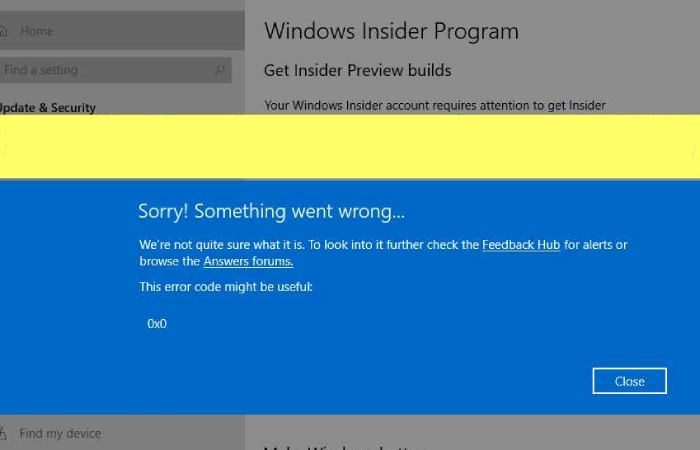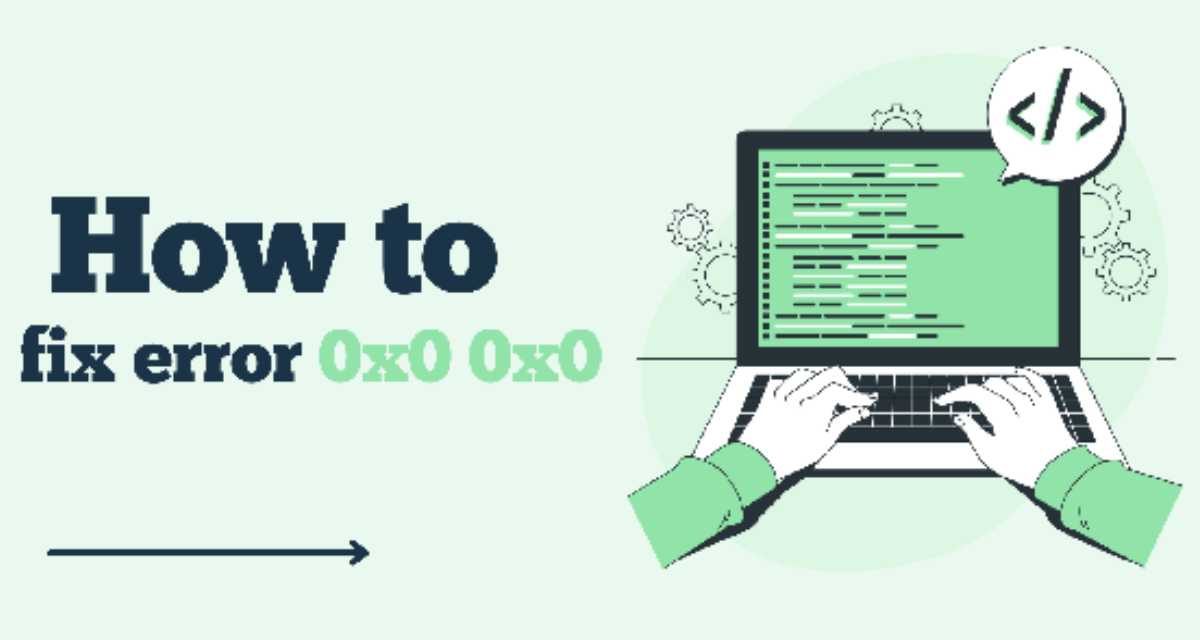In the vast realm of computer programming and software development, encountering errors is an inevitable part of the process. One such error that often puzzles developers is the cryptic “0x0 0x0” error. This error code, represented in hexadecimal notation, can be challenging for those unfamiliar with low-level programming. This article will inspect the depths of the 0x0 0x0 error, exploring its potential causes, common scenarios where it arises, and strategies to troubleshoot and resolve the issue.
Understanding Hexadecimal Notation 0x0 0x0:
Before diving into the specifics of the 0x0 0x0 error, it’s essential to grasp the basics of hexadecimal notation. In computing, hexadecimal (base-16) is a numeral system that uses sixteen symbols, 0-9 and A, to represent values. The prefix “0x” is commonly used to denote that a number is in hexadecimal format. For instance, “0x0” represents zero in hexadecimal.
The 0x0 0x0 Error:
When developers encounter the 0x0 0x0 error, it’s typically associated with memory-related issues. The error code signifies a problem related to memory access or manipulation, often leading to unexpected behaviour in a program. Pinpointing the particular cause of this error can be challenging, as it might stem from various factors such as null pointer dereferencing, uninitialized variables, or memory corruption.
Common Causes of the 0x0 0x0 Error:

Null Pointer Dereferencing:
One common scenario leading to the 0x0 0x0 error is attempting to access or manipulate memory through a null pointer. Null pointers point to addresses that do not contain valid memory locations. If a program tries to dereference a null pointer, it can result in the 0x0 0x0 error.
Uninitialized Variables:
Using variables that haven’t been properly initialized can also trigger the 0x0 0x0 error. When a program attempts to access the value of an uninitialized variable, the content at its memory address may be undefined, leading to unexpected behaviour.
Memory Corruption:
Memory corruption issues, such as buffer overflows or underflows, can cause the 0x0 0x0 error. When a program writes beyond allocated memory, it can overwrite critical data structures, leading to unpredictable consequences.
Invalid Memory Access:
Attempting to read or write to memory locations not allocated for the program can result in the 0x0 0x0 error. This may occur when dealing with pointers that have been freed or pointing to regions outside the program’s memory space.
Troubleshooting and Resolving the 0x0 0x0 Error:
Code 0x0 0x0 Review:
Begin by thoroughly reviewing the code where the error occurs. Look for instances of null pointer dereferencing, uninitialized variables, and potential memory corruption.
Use Debugging Tools:
Leveraging debugging tools such as gdb (GNU Debugger) can help recognize the specific line of code where the error occurs. Use breakpoints, examine variable values, and trace the program’s execution to pinpoint the root cause.
Memory Analysis:
Conduct a detailed analysis of the program’s memory usage. Tools like Valgrind can assist in detecting memory leaks, invalid memory accesses, and other memory-related issues.
Update Dependencies:
Ensure that all libraries and dependencies are up-to-date. Sometimes, the 0x0 0x0 error may arise due to compatibility issues with outdated libraries.
Check for Hardware Issues:
Memory errors can sometimes be linked to hardware problems. To rule out any physical issues, perform a thorough check of the hardware components, including RAM modules.
Conclusion:
The 0x0 0x0 error is a complex challenge developers may encounter during software development. Understanding its potential causes, such as null pointer dereferencing, uninitialized variables, memory corruption, or invalid memory access, is crucial for effective troubleshooting. By conducting a thorough code review, using debugging tools, analyzing memory, updating dependencies, and checking for hardware issues, developers can enhance their ability to identify and resolve the 0x0 0x0 error, ensuring the stability and dependability of their software applications.
Read More: Veganov Trichy – A Comprehensive Guide





